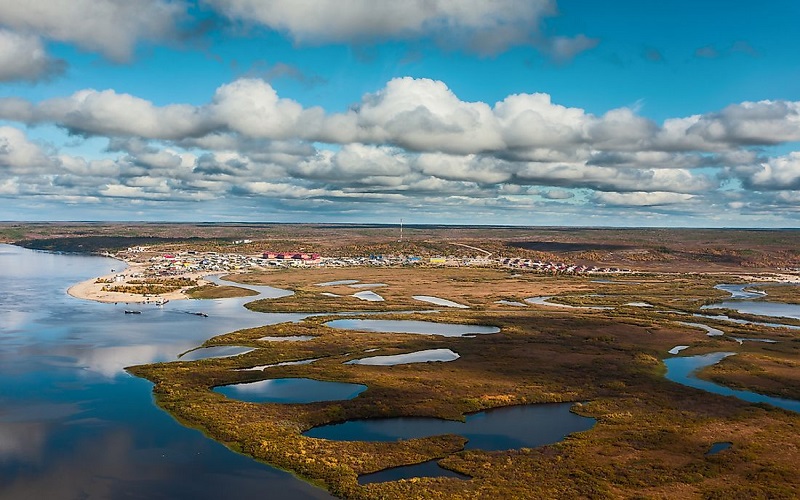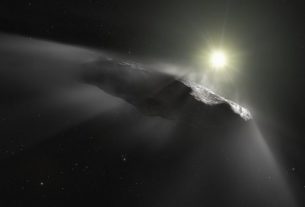Wildfires that are occurring at an increasing rate in the high latitudes of the northern hemisphere have been blamed for the appearance of thermokarsts, those subsidence caused by thawing permafrost. The results were published in the scientific journal One Earth on December 9.
For the first time, researchers from the University of Illinois (USA) have quantified the impact of tundra fires on Alaskan permafrost using a set of aerial and satellite observations made over the past seventy years. “This process, because it is very unpredictable, is poorly understood,” reports Yaping Chen, lead author of the paper. “Thanks to this study, we are deepening our understanding of the ecosystem associated with permafrost”.
Thermokarsts: a disproportionate contribution of forest fires
Using a computer program based on machine learning, the researchers showed that the occurrence of these subsidence increased by 60% between 1950 and 2015. Anthropogenic global warming is at stake here both directly because of the increase in heat waves, but also through the increase in forest fires. Indeed, although they affect only 3% of the landscape over the study period, they contributed more than 10% to the observed increase.
“Climate models predict that thermokarsts will only increase with climate change,” says study co-author Mark Lara. “In addition to melting permafrost, global warming is drying out the tundra, which increases its flammability. This increases the likelihood that lightning strikes will start fires, inducing even more permafrost degradation”. However, it is recalled that this degradation is associated with significant emissions of carbon dioxide (CO2) and methane (CH4), two powerful greenhouse gases.
The researchers also demonstrated that the thermokarsts triggered as a result of repeated fires in the same place did not differ from those resulting from a single fire. In addition, although the study is currently limited to Alaska, there is nevertheless reason to believe that similar conclusions are valid for the Canadian and Siberian permafrost. Finally, it should be noted that the thawing of polar soils is sometimes associated with even more impressive manifestations such as the appearance of large craters on the surface or the sudden emptying of lakes.




